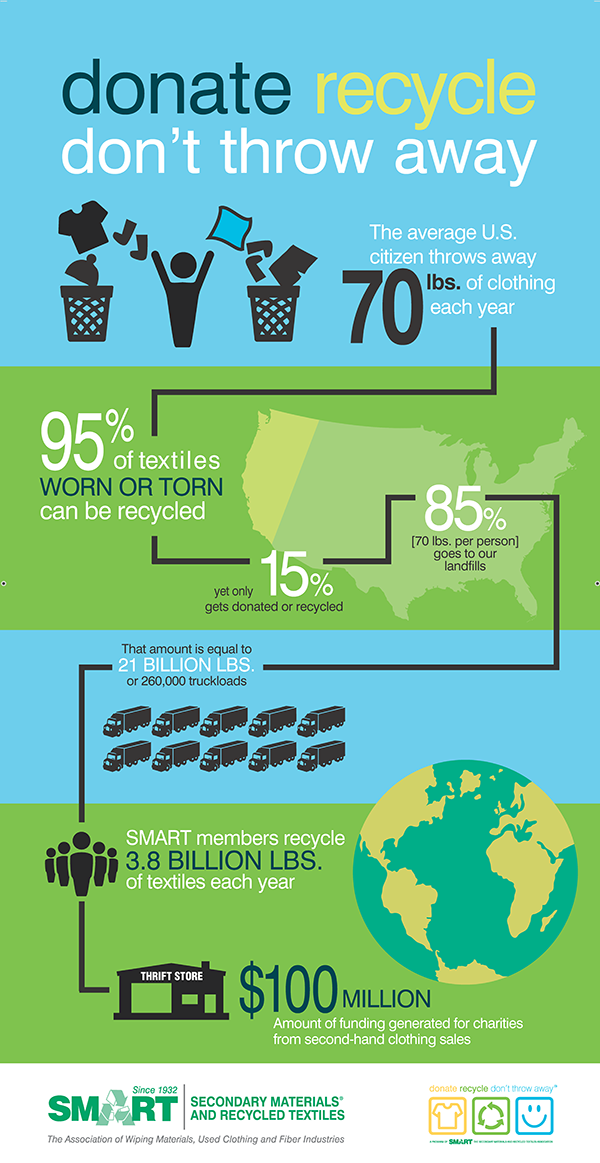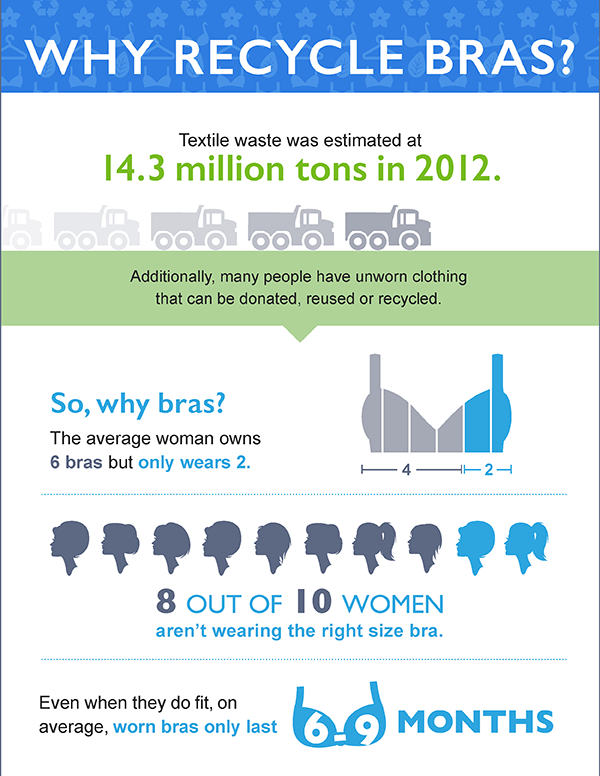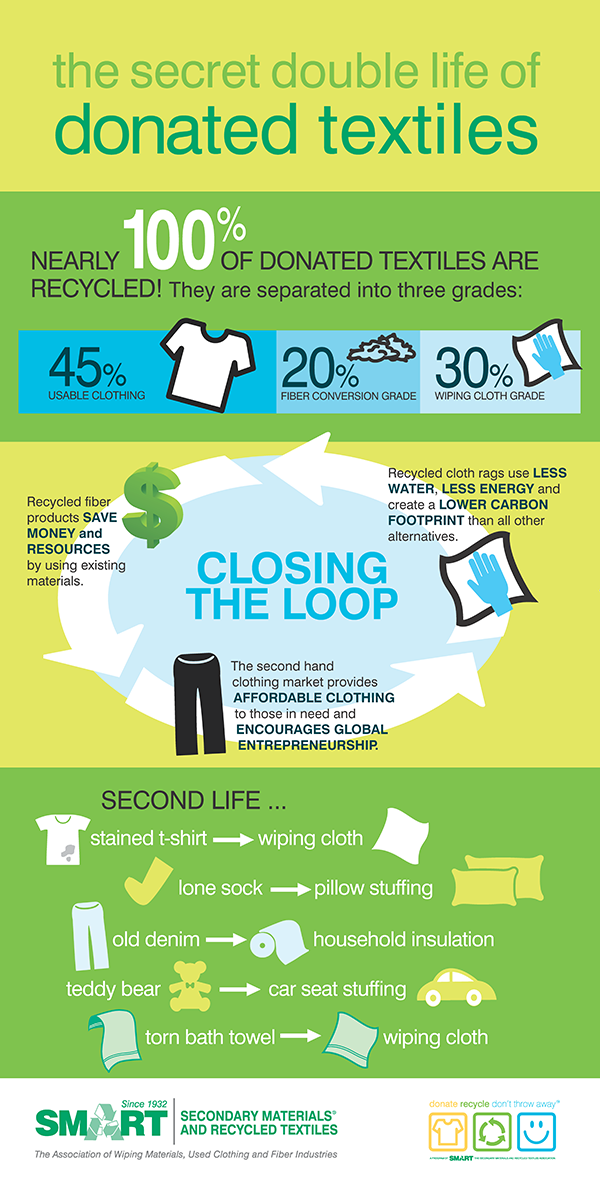These Staggering Statistics Are Why We're Collecting Donated Sports Bras
Starting in July of 2018, we set out on a mission to make a difference in the textile waste issue by collecting bras for women in need.
We partnered with The Bra Recyclers, the leading voice of bra repurposing while providing substantial social benefits to women and girls escaping domestic violence, drug addiction, human trafficking and breast cancer survivors.
We installed recycling stations at all of the Fleet Feet Chicago stores. And when you donate a sports bra and purchase a new one, you’ll receive a free tote bag from Brooks Running.
If the above reasons weren’t good enough, take a look at some of these staggering statistics regarding textile waste.
How big of a problem is textile waste?
- Textile waste was estimated at 14.3 million tons in 2012.
- The average U.S. household throws away 70 pounds of clothes per year.
- 95% of textiles worn or torn can be recycled.
- Yet, only 15% get recycled or donated
- 85% goes to our landfills.

How can recycling help?
- SMART members recycle 3.8 billion pounds of textiles each year.
- $100 million of funding is generated for charities from second-hand clothing sales.
So, why bras?
- The average woman owns 6 bras but only wears 2.
- 8 out of 10 women are wearing the incorrect size sports bra.
- Additionally, even when they do fit, on average, worn bras only last 6-9 months.

What happens to your donated or recycled used clothing.
Once a consumer determines that their textiles have reached the end of their useful life, materials are donated to a charity or should be recycled at a municipal recycling center as a final alternative to the landfill.
- 10-20% of the textiles are sold through charities at their thrift locations earning revenue for their organization.
- 80% left with billions of pounds, charities resell their salvage to recycler which raises significant revenue and is an alternative to the landfill. Secondhand clothing recyclers sort and separate these materials intro three general classifications.
- 45% is reused and repurposed. Majority exported as secondhand clothing.
- 30% is recycled and converted. Reclaimed wiping rags are used in various ways as industrial and residential absorbents.
- 20% are recycled into fiber. Post-consumer fiber is used to make home insoluation, carpet padding, and raw material for the automotive industry.
- Only 5% ends up as waste.

Connect With Us
see the latest from Fleet Feet Chicago